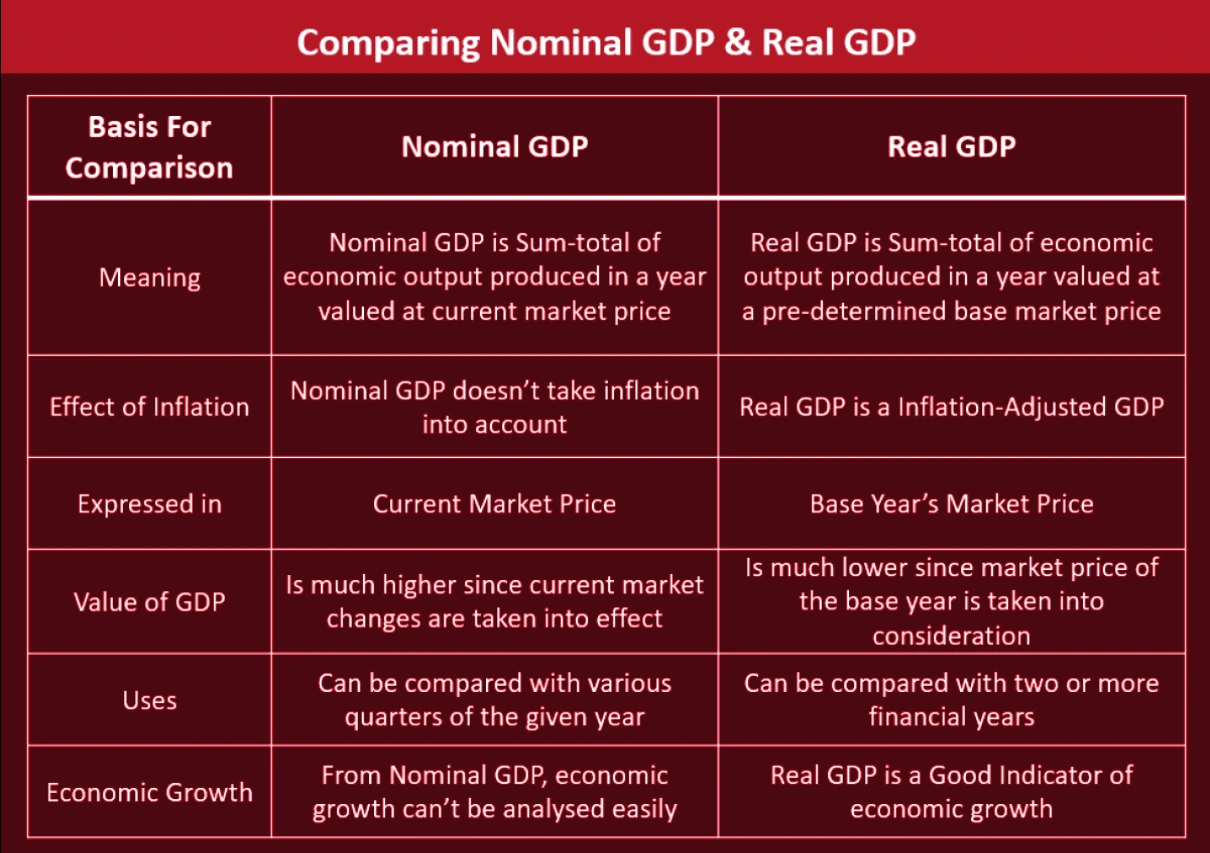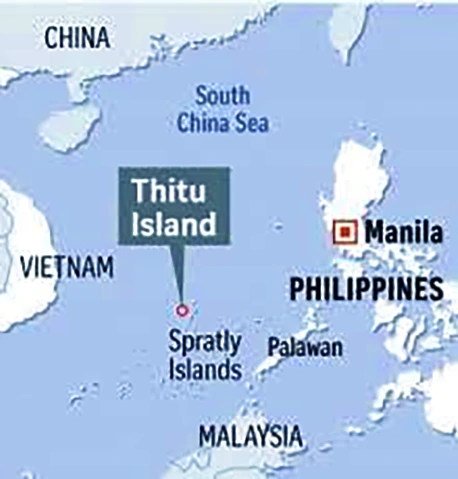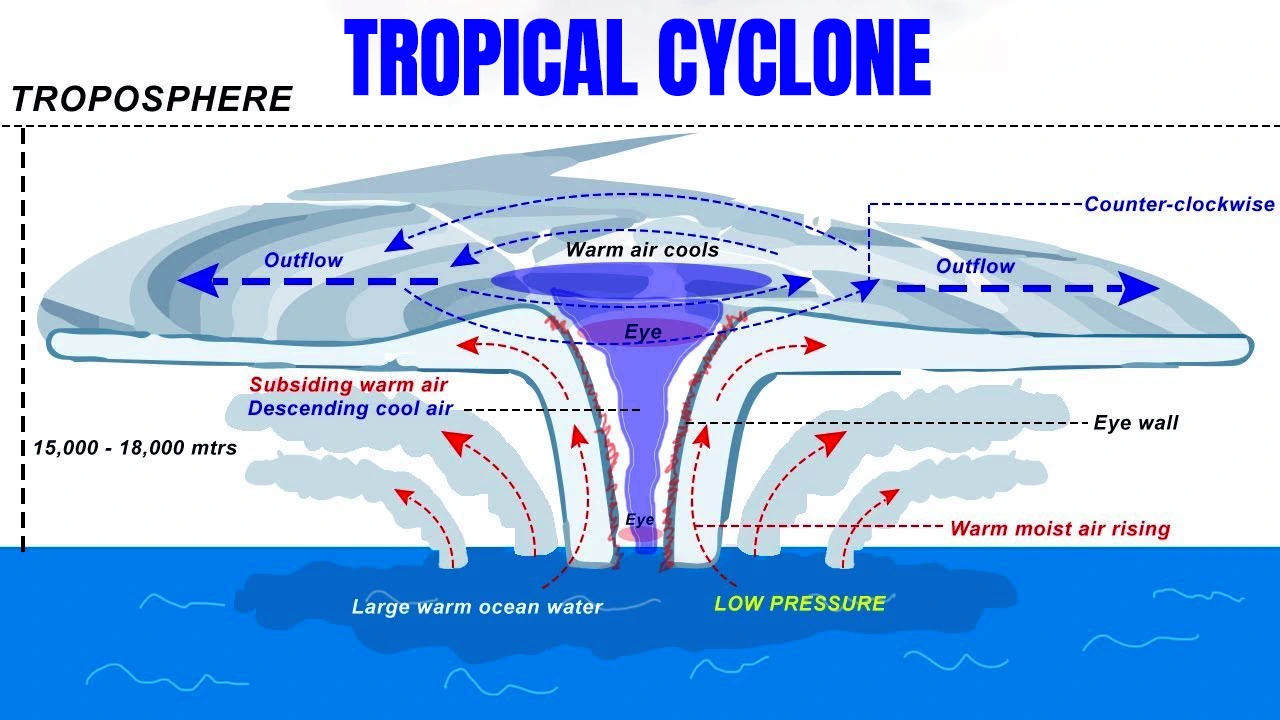Context: The National Statistical Office (NSO), Ministry of Statistics and Programme Implementation released the estimates of Gross Domestic Product (GDP) for the July-September quarter (Q2) of 2023-24, both at Constant (2011-12) and Current Prices.

News Source: IE
Also Read: GDP Of Indian States: State-Wise GDP Of India 2023
Context: UN Food and Agriculture Organization (FAO) released a study on the sidelines of the 28th Conference of Parties (COP28) which underscores the critical need for targeted efforts to address vulnerabilities in agrifood systems.
Significance: The countries also included those with the highest food systems-related greenhouse gas emissions like Brazil, China, and the European Union.
News Source: DTE
Also Read: COP28 Climate Summit in Dubai: Key Highlights, Themes, and India’s Role
Context: Recently, the Global Drought Snapshot report was released by the UN Convention to Combat Desertification (UNCCD) coinciding with COP 28.
Anthropogenic Causes of Droughts:
|
|---|
News Source: DTE
Context: The Uttar Pradesh (UP) government has set aside 1,700 hectares of land along with the Bundelkhand Expressway for setting up solar energy plants.
| Basis | Greenfield Project | Brownfield Project |
| Definition | It is built from scratch, since there is no existing infrastructure or building on the site. | It is built on land that has been used previously but is lying vacant or unused now. |
| Development Level | Undeveloped | Developed |
| Characteristics | Green, clean and pristine. | Contaminated |
| Treatment | Ready for development. | Need treatment before development. |
News Source: Business Standard
Context: Pakistan has recently defeated India in an election at the United Nations Educational, Scientific and Cultural Organization (UNESCO) executive board for the Vice Chair post.
Also Read: Shantiniketan Added to World Heritage Site, and Karnataka’s Sacred Ensembles of Hoysala on UNESCO Heritage List
News Source: Livemint
Context: Recently, the Indian delegation attended the 91st Interpol General Assembly in Vienna, Austria.
News Source: The Hindu
Context: Recently, the Railway Minister unveiled an innovative AI-driven initiative-Gajraj.
News Source: Livemint
Context: The Philippines inaugurated a new coast guard monitoring base on Thitu Island occupied by Filipino forces in the disputed South China Sea.

Scarborough Shoal:
|
For more Details: South China Sea Dispute: Conflict, Collision, Geopolitics, and Tensions
News Source: The Hindu
Context: The India Meteorological Department (IMD) has forecast a cyclonic storm, Cyclone Michaung, over the southwest Bay of Bengal.
What is Landfall?
Orange Alert:
|
|---|

Also Read: Cyclone Midhili
News Source: The Indian Express
Context: The India Meteorological Department (IMD) has forecast a warm winter season across the country, saying minimum temperature could remain higher than normal.
Also Read: Western Disturbances
News Source: The Indian Express
Context: This article is based on the news “PM Modi pitches India as host for climate conference in 2028, calls on countries to rise above self-interest” Which was published in the Indian Express.
| Relevancy for Mains: COP33, United Nations Framework Convention on Climate Change (UNFCCC), Climate Change And COP28, Differentiated Responsibilities and Respective Capabilities (CBDR-RC), Rio de Janeiro Earth Summit, Kyoto Protocol, Climate Financing, and Global Climate Fund (GCF).
Relevancy for Mains: India’s proposal to host COP33 aligns with its COP28 initiatives, emphasising Global South issues, climate justice, and COP advancements. |
|---|
Conference of the Parties-28 Presidency’s Session on “Transforming Climate Finance”:
Read more about the COP28 Climate Summit in Dubai: Key Highlights, Themes, and India’s Role here. |
|---|
Green Credit Initiative: It was launched by India and focused on creating carbon sinks through people’s participation and generating Green Credits through plantation on degraded wasteland.
Global climate initiatives launched by India
Climate-related decisions
|
|---|
Also Read: NDC Synthesis Report For 2023: UNFCCC
Common But Differentiated Responsibilities and Respective Capabilities (CBDR-RC) principle:
|
|---|
Also Read: World Climate Action Summit
India’s proposal to host COP33 in 2028 presents an opportunity to advocate for global climate justice and prioritize the concerns of the Global South, as reflected in its active role at the Conference of the Parties-28 and commitment to initiatives such as the Green Credit Initiative, while addressing challenges like unfulfilled commitments and the imperative need for developed nations to eliminate their carbon footprint before 2050.
| Prelims Question (2016)
With reference to the Agreement at the UNFCCC Meeting in Paris in 2015, which of the following statements is/are correct? 1. The Agreement was signed by all the member countries of the UN and it will go into effect in 2017. 2. The Agreement aims to limit greenhouse gas emissions so that the rise in average global temperature by the end of this century does not exceed 2oC or even 1.50C above pre-industrial levels. 3. Developed countries acknowledged their historical responsibility in global warming and committed to donate $ 1000 billion a year from 2020 to help developing countries to cope with climate change. Select the correct answer using the code given below. (a) 1 and 3 only (b) 2 only (c) 2 and 3 only (d) 1, 2 and 3 Ans: (b) |
|---|
| Mains Question: Critically analyze the differences between rich and poor nations that were resolved before COP28 regarding the loss and damage fund. (15 marks, 250 words) |
|---|
Context: This article is based on the news “President Murmu advocates for All-India Judicial Service: What the idea is, why it hasn’t been implemented” Which was published in the Indian Express. The President recently called for an “All-India Judicial Service (AIJS)” to recruit judges during her inaugural address at the Supreme Court’s Constitution Day celebration (November 26).
| Relevancy for Mains: All-India Judicial Service, Supreme Court of India, Parliamentary Committee, Law Commission of India, National Judicial Data Grid, and Indian Federalism.
Relevancy for Mains: All-India Judicial Service, judicial reforms, federalism challenges, and constitutional complexities in India’s legal system. |
|---|
Also read: Pendency of Cases in the Supreme Court Need Structural Reforms
| Article 236:
(a) the expression “district judge” includes judge of a city civil court, additional district judge, joint district judge, assistant district judge, chief judge of a small cause court, chief presidency magistrate, additional chief presidency magistrate, sessions judge, additional sessions judge and assistant sessions judge; (b) the expression “judicial service” means a service consisting exclusively of persons intended to fill the post of district judge and other civil judicial posts inferior to the post of district judge. |
|---|
Supreme Court’s Stand:
|
|---|
Unless a broad consensus emerges in favor of the All-India Judicial Service and its expected benefits, the debate and deliberation should focus on implementing more direct solutions to address the problems of the Indian judiciary.
| Prelims Question (2019)
Consider the following statements: 1. The 44th Amendment to the Constitution of India introduced an Article placing the election of the Prime Minister beyond judicial review. 2. The Supreme Court of India struck down the 99th Amendment to the Constitution of India as being violative of the independence of the judiciary. Which of the statements given above is/are correct? (a) 1 only (b) 2 only (c) Both 1 and 2 (d) Neither 1 nor 2 Ans: (b) |
|---|
SC Verdict on Newsclick Shows Adherence to Due Pro...
Stay Invested: On Chabahar and India-Iran Relation...
Credit Rating Agencies, Impact on India’s De...
Catapulting Indian Biopharma Industry
Globalisation Under Threat, US Import Tariffs Have...
Global Report on Hypertension, Global Insights and...
<div class="new-fform">
</div>
